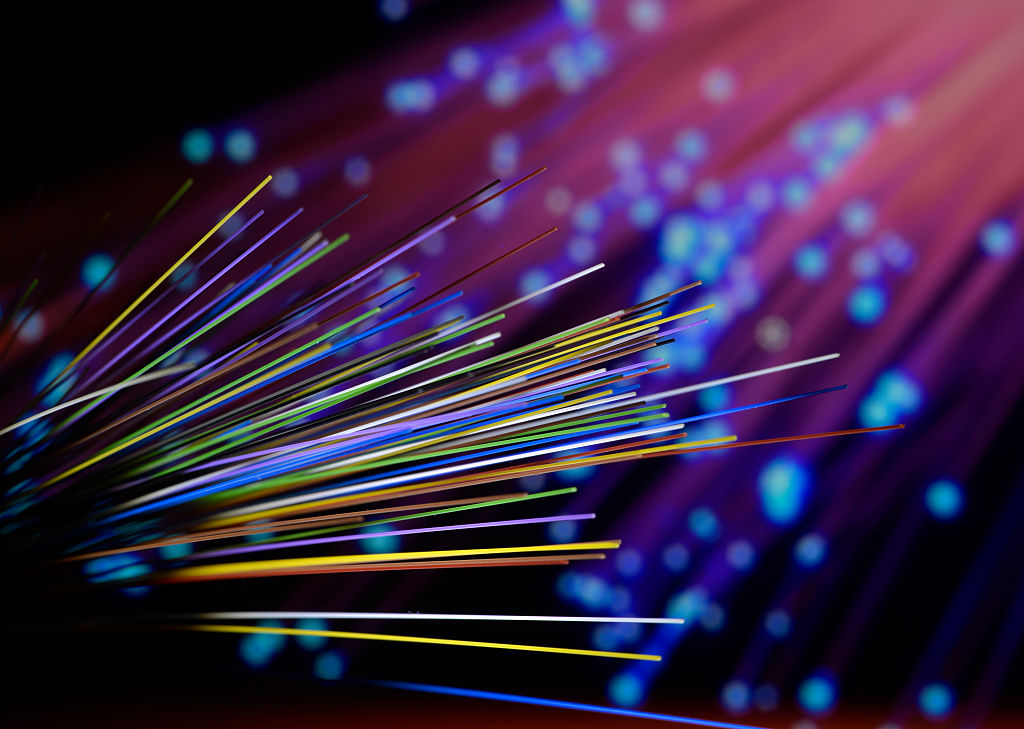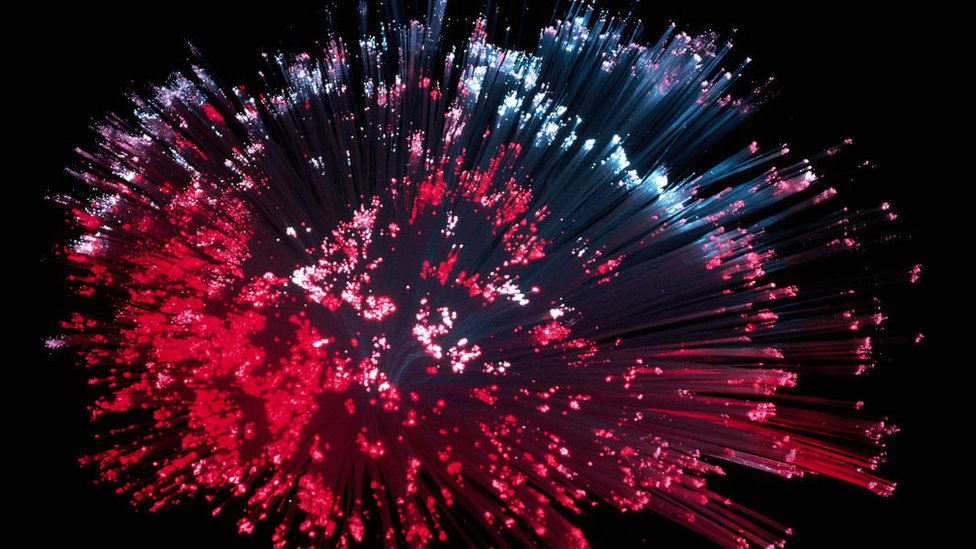How many lives could be saved if earthquakes were detected in time? It is a question that is repeated especially during these days that mark the 10th anniversary of the earthquake and subsequent tsunami of Fukushima.
For decades, specialists in geology and geophysics have investigated the best way to detect early the telluric movements that cause these great tragedies.
Most seismographs are on land and their construction and maintenance are very expensive, which is why for some years they have been experimenting with the million kilometers of submarine cable used for communications around the world.
And one of the largest and most recent approaches to that goal has been achieved by a team of geophysicists from the California Institute of Technology (Caltech) led by seismologist Zhongwen Zhan.
The Caltech group has been experimenting with a recently installed 10,000 km long cable along the Pacific coast, from Los Angeles to Santiago de Chile.
The angle of your investigation has nothing to do with the cable itself but with what it conducts, light through the switched fiber optic.
“What we saw is that the cables can be used as sensors to detect anomalies in the light. that they transport, that occur when an earthquake strikes, “Zhan told the BBC.
“And not only this, but they can also function as a more effective way of informing potential affected communities of the imminence of an earthquake,” he added.
During nine months of work, Zhan’s team managed to detect 20 earthquakes, including the one that affected Jamaica in January 2020, simply analyzing the oscillation of the light that goes by this extensive submarine cable.
But how is it that submarine cables can actually be turned into effective earthquake detector detectors?
Electromagnetic polarization
Zhan’s team was looking for a way to use the submarine cable as a sensor for movements of the earth’s crust.
To achieve this, they monitored a variable known as electromagnetic polarization, which is basically the orientation of light as it moves in waves.
“What submarine cables are looking for is to transmit the greatest amount of data through the optical fiber and the way in which this happens is monitored is by analyzing the stability of the light pulses that go inside these cables”, says the scientist from Caltech.
On land, any disturbance such as thunder or even a change in temperature can alter that electromagnetic polarization within a fiber optic cable, but at the bottom of the sea, things are different and stability is much higher.

“Any disturbance or change during the monitoring of the electromagnetic polarization within a submarine cable means an earthquake,” he adds.
But it is not the only advantage of this network. Speed plays a key role.
In this network of submarine cables, light also functions as information pulses that can deliver data at a speed of 200 thousand kilometers per second.
“If you feel a change, you can transmit it with incredible speed. In other words, it can be an effective prevention tool, “adds the scientist.
A network already ready
However, for Zhan, the great contribution of this research is that, to apply this technology in solving a problem that has been revealing to scientists for a long time, it is not necessary to build or add an earthquake detection network, because these Electromagnetic polarizations are already being monitored.
“This new form of analysis can turn most submarine cables into geophysical sensors thousands of kilometers long to detect earthquakes and possibly tsunamis in the future,” Zhan said.

“For us this is the most important point of what we publish: compared to some other technologies, this one does not need to add new equipment or send new parts to be installed,” he added.
However, scientists are clear in pointing out that pending tasks remain, such as determining exactly the magnitude of the earthquake that is identified and establishing a standard way of measurement that is compatible with the detection systems that are installed on the surface of the Earth.
“In addition, climate is a variable for which we need more data to know if it influences the stability of submarine cables “Zhan points out.
“This technology detects earthquakes very well if they are close to the cable and even if there is some rain. But in the case of a tsunami, for example, because a wave can last a very long period, we do not know yet if this instrument it can detect it in the same way. “
Now you can receive notifications from BBC News Mundo. Download our app and activate them so you don’t miss our best content.
– .


